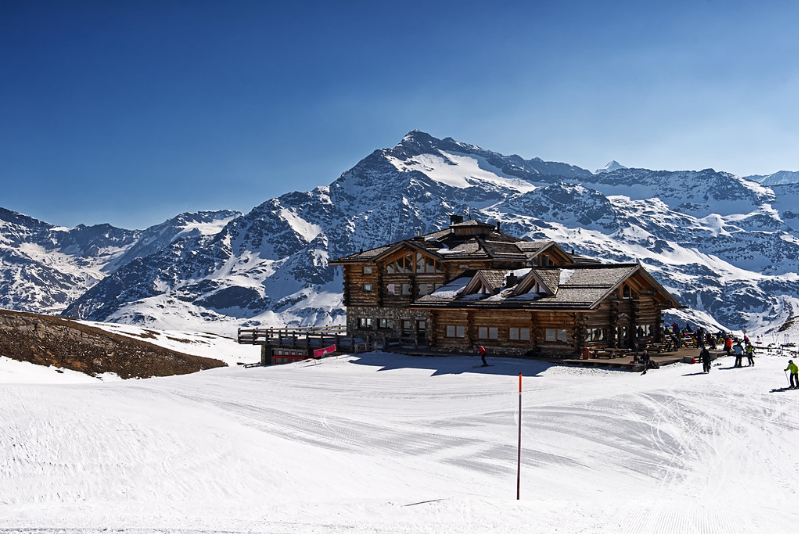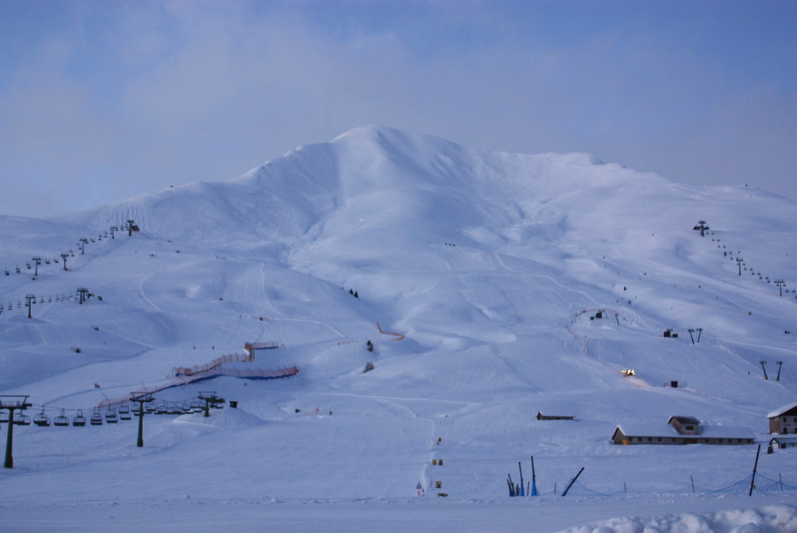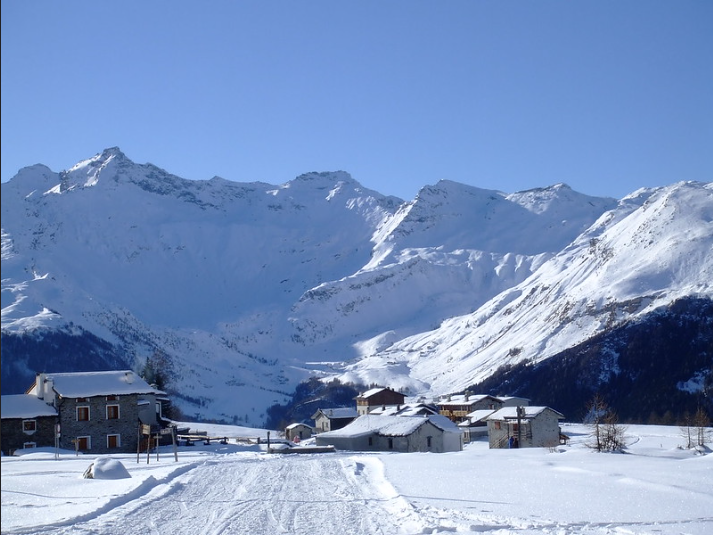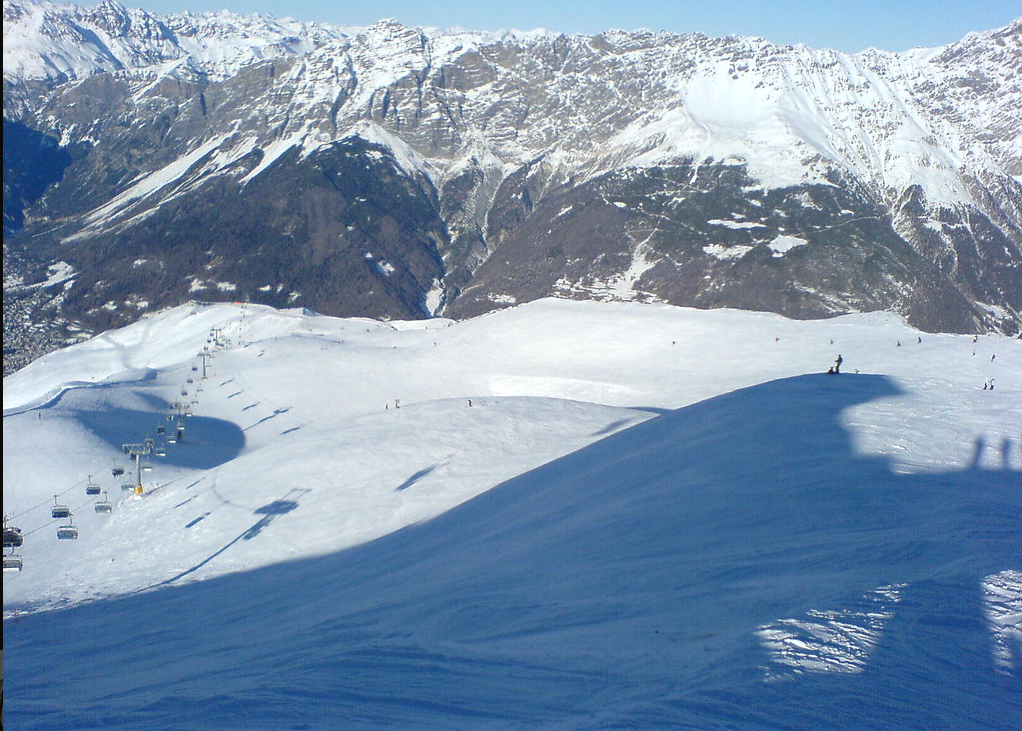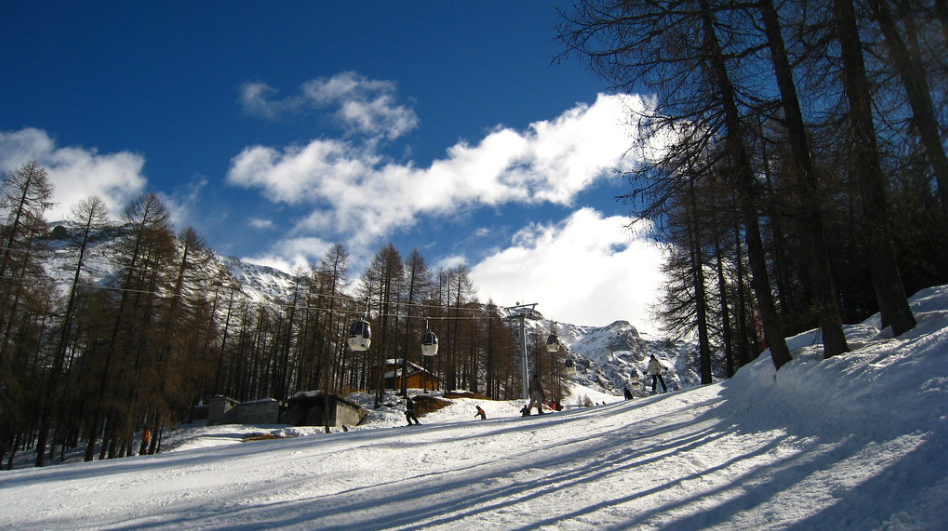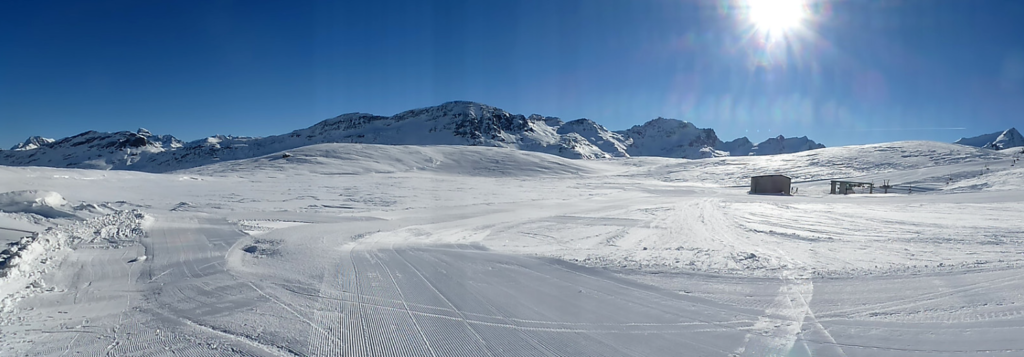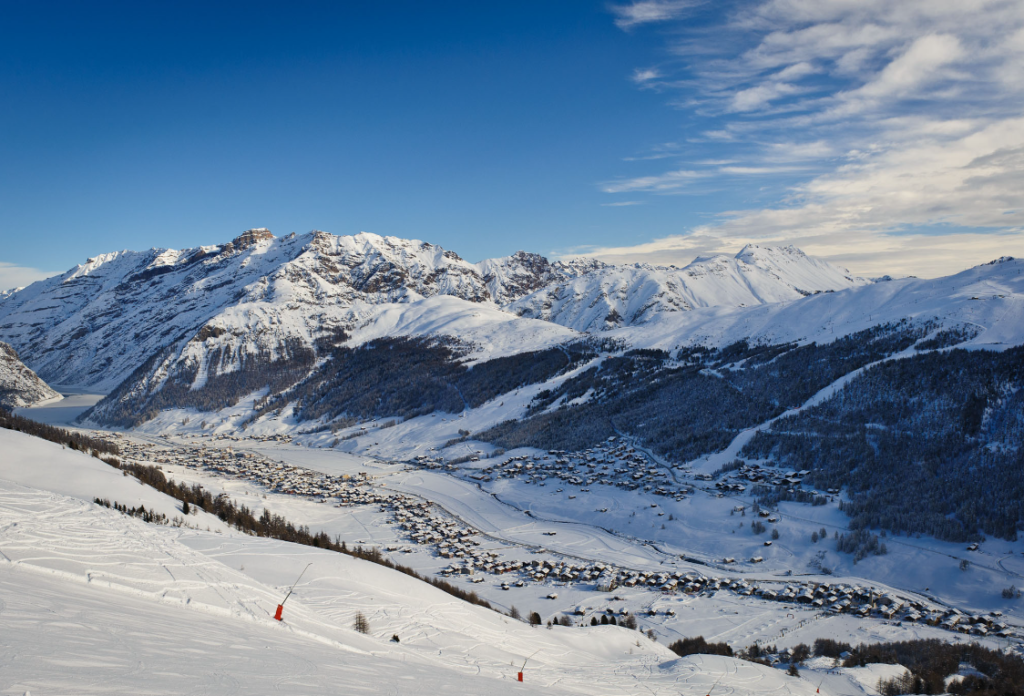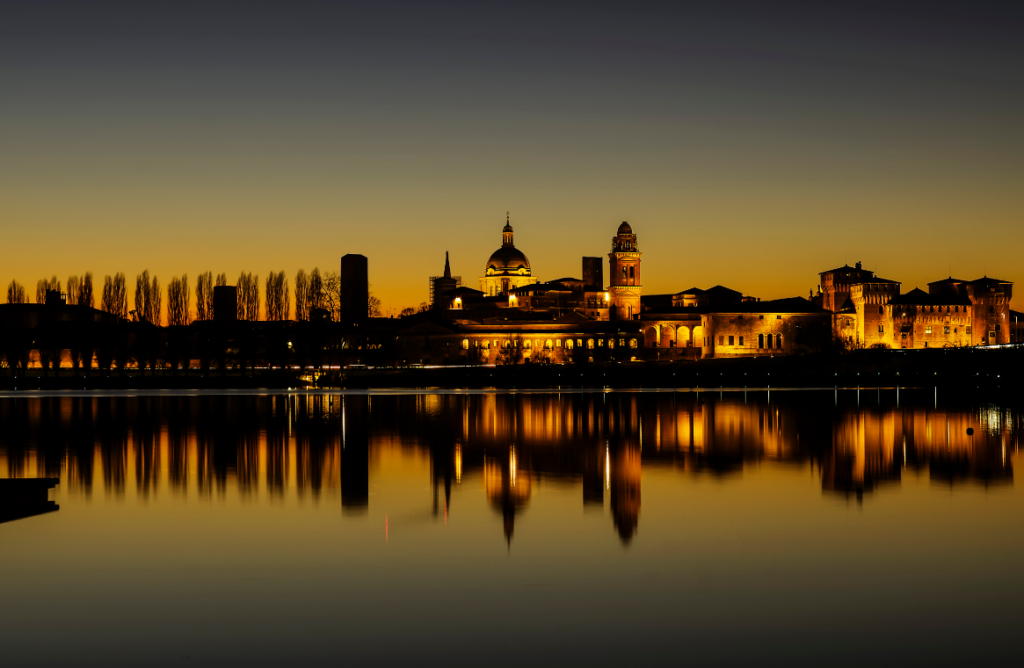Perfect vacation, Lake Garda Travel Guide | Best Towns, Outdoor Activities & Hidden Gems
Explore Lake Garda's Natural Beauty and Outdoor Adventures
Planning an Italy lake vacation filled with scenery, charm, and outdoor fun? Lake Garda has you covered. With its sparkling waters, mountain backdrops, and vibrant towns, this destination offers a little bit of everything. Whether you’re after relaxation or exploration, you’ll find plenty to love here.
Whether you’re a first-time visitor or returning for another magical stay, this Lake Garda travel guide will help you plan the perfect trip, packed with must-see towns, top outdoor activities, and essential travel tips.
Best Towns Lake Garda: Where to Stay and Explore
Between the Alps and the Po Valley, Lake Garda (Lago di Garda) is Italy’s largest and most captivating lake. With its shimmering blue waters, medieval villages, ancient ruins, and lush vineyards, it’s a paradise for both nature lovers and history buffs.
Sirmione
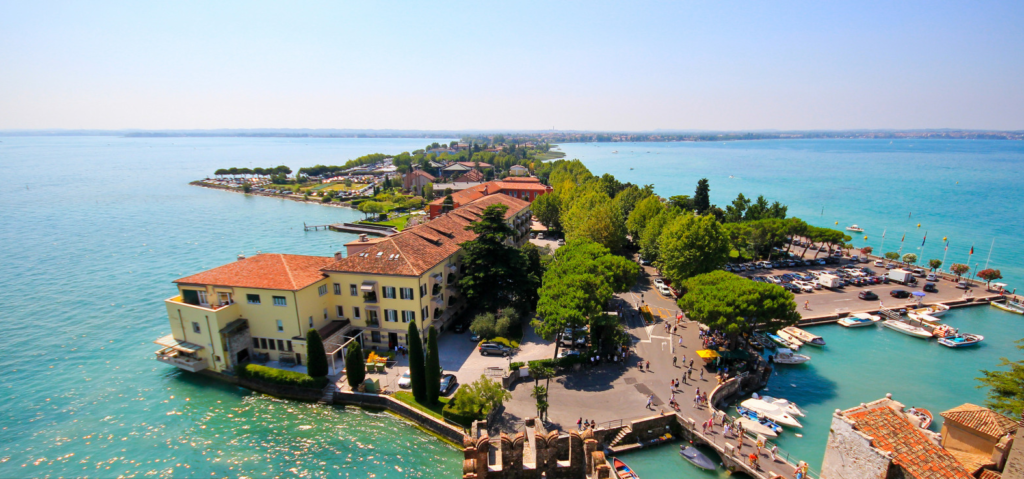
Looking for history, hot springs, and lakeside charm? Sirmione sits on a slender peninsula and blends Roman ruins with medieval magic.
Start with the Scaligero Castle—climb its towers for unbeatable lake views. Just a short walk away, the Grotte di Catullo offers peaceful ruins surrounded by olive groves.
Need to relax? The thermal baths at Terme di Sirmione are ideal after sightseeing. Families will appreciate the calm streets and easy access to the lake.
Malcesine
Malcesine is nestled between the lake and Monte Baldo. Wander its cobblestone lanes, enjoy a cappuccino by the harbor, and explore the Castello Scaligero for panoramic views.
Feeling adventurous? Take the rotating cable car up Monte Baldo. At the summit, you’ll find walking paths, fresh air, and in the colder months—even snow sports.
Malcesine is also a gateway to Lake Garda hikes and paragliding experiences, making it a great mix of charm and adventure.
Riva del Garda
At the lake’s northern tip, Riva del Garda has a more alpine feel. It’s ideal for windsurfing, sailing, and outdoor lovers in general. There are schools where you can get coaching.
Wander the old town’s colorful streets, then climb Torre Apponale for a sweeping view. Try the Ponale Trail for a scenic walk or bike ride above the water.
A favorite destination for those planning an active Italy lake vacation.
Limone sul Garda
In between cliffs and lake, Limone sul Garda is serene and scenic. Known for its lemon groves, it offers a slower pace and plenty of charm.
Visit the historic Limonaia del Castèl or take a stroll along the suspended cycle path with views that will stop you in your tracks. It’s perfect for a quiet, romantic outing.
The town is also famous for its longevity. It’s believed that the local diet, rich in olive oil and citrus fruits, contributes to their exceptional health.
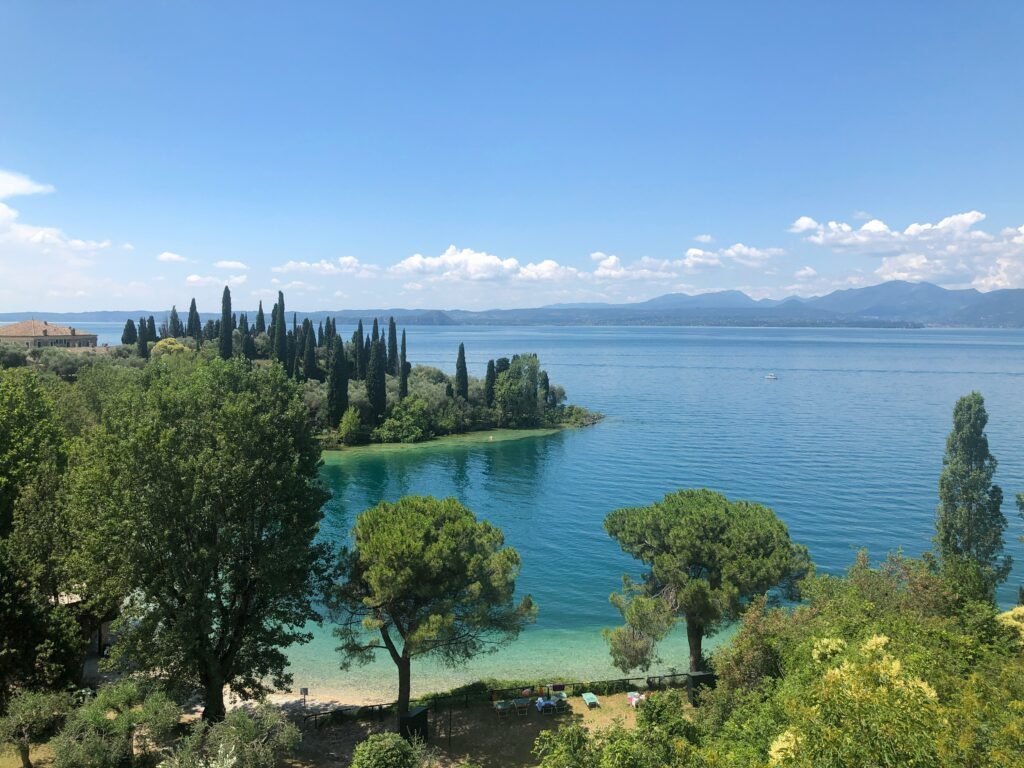
Things to Do Lake Garda: Outdoor Fun Activities and Hidden Treasures
If you’re into water sports, head north. Towns like Torbole and Riva offer ideal conditions for windsurfing and sailing. You’ll find plenty of rental shops and schools if you’re new to it.
On land, Monte Baldo offers scenic hikes for all levels. The Ponale Trail is great for casual cyclists, while serious bikers can explore routes that climb into the hills. Rent bikes online for all day or by the hour at hotels or at local rental outlets in Riva or Limone for easy access to scenic paths. E-bikes also avaiable.
Cheak these websits :
Garda South Cycling – italybikehub.com
Bike Square – ebike.bikesquare.eu
Decathlon Rent – rent.decathlon.it
Tombola Rent – www.tombolarent.it
Family-Friendly Lake Garda
Traveling with children? Lake Garda is a great choice. Head to Gardaland in Castelnuovo del Garda for rides and shows. Just nearby are Movieland and Caneva Aquapark, packed with splash zones and slides.
For quieter fun, many towns offer kid-friendly beaches and parks. Desenzano and Peschiera are easy-going spots with plenty to keep little ones entertained.
Lake Garda Attractions: History, Culture, and Nature
History fans should visit Lazise, Bardolino, or Garda for their medieval walls and cozy old towns. Bardolino also features a Wine Museum where you can learn—and taste—a bit of local tradition.
Make time for the Sanctuary of Madonna della Corona. Tucked into a cliffside, it’s peaceful and awe-inspiring.
Nature lovers will adore Parco Giardino Sigurtà near Valeggio sul Mincio. With winding paths, flower fields, and quiet corners, it’s perfect for a relaxing stroll or a family picnic.
Lake Garda Itinerary Tips: How to Get Around and When to Go
Fly into Verona for the quickest access. Milan and Venice are also doable with a bit more travel time like 2 to 2.5 hours away by car or train. From Verona, trains can get you to Desenzano or Peschiera quickly. Ferries connect most lakeside towns, offering a scenic way to get around.
Driving lets you explore off-the-beaten-path spots, though parking can be tight in summer. Ferries and local buses make it easy if you prefer to skip the car.
What to Do in Lake Garda by Season
Spring and fall are ideal—think mild weather, blooming flowers, and fewer crowds. Summer brings lake swims and festivals, but also more visitors. Winter is quiet and peaceful, especially in the northern towns.
Best Time to Visit
May–June and September–October offer mild weather and fewer crowds.
July–August is perfect for swimming, but expect more tourists and higher prices.
What to Pack
Comfortable shoes are essential—those cobbled streets and trails are worth exploring. In summer, bring swimwear, sunscreen, and a hat. Evenings can be cooler, especially in the mountains, so pack a light jacket.
Local Events and Festivals
Time your trip with a festival for a local twist. Bardolino’s Grape Festival in September features wine, music, and fireworks. Riva del Garda’s Notte di Fiaba is a magical night for families, with themed shows and parades. In Limone, the Lemon Festival adds a sweet touch of tradition.
Accessibility and Local Tips
Many lakeside paths, ferry docks, and attractions are accessible. Malcesine’s cable car is wheelchair-friendly, and most towns have pedestrian zones great for strollers.
Want a quieter vibe? Try Tignale, Tremosine, or San Felice del Benaco. These lesser-known towns offer dramatic views and fewer tourists.
Plan Your Lake Garda Adventure Today
Lake Garda is more than a scenic spot—it’s a place where nature, culture, and fun meet. Whether you’re hiking in Lake Garda’s mountain trails, discovering castles, or simply soaking up the sun, you’ll find something special around every corner.
Use this Lake Garda travel guide to build your dream trip. From hidden gems to big adventures, your perfect Italy lake vacation starts here. What are you waiting for? Lake Garda is ready when you are.

